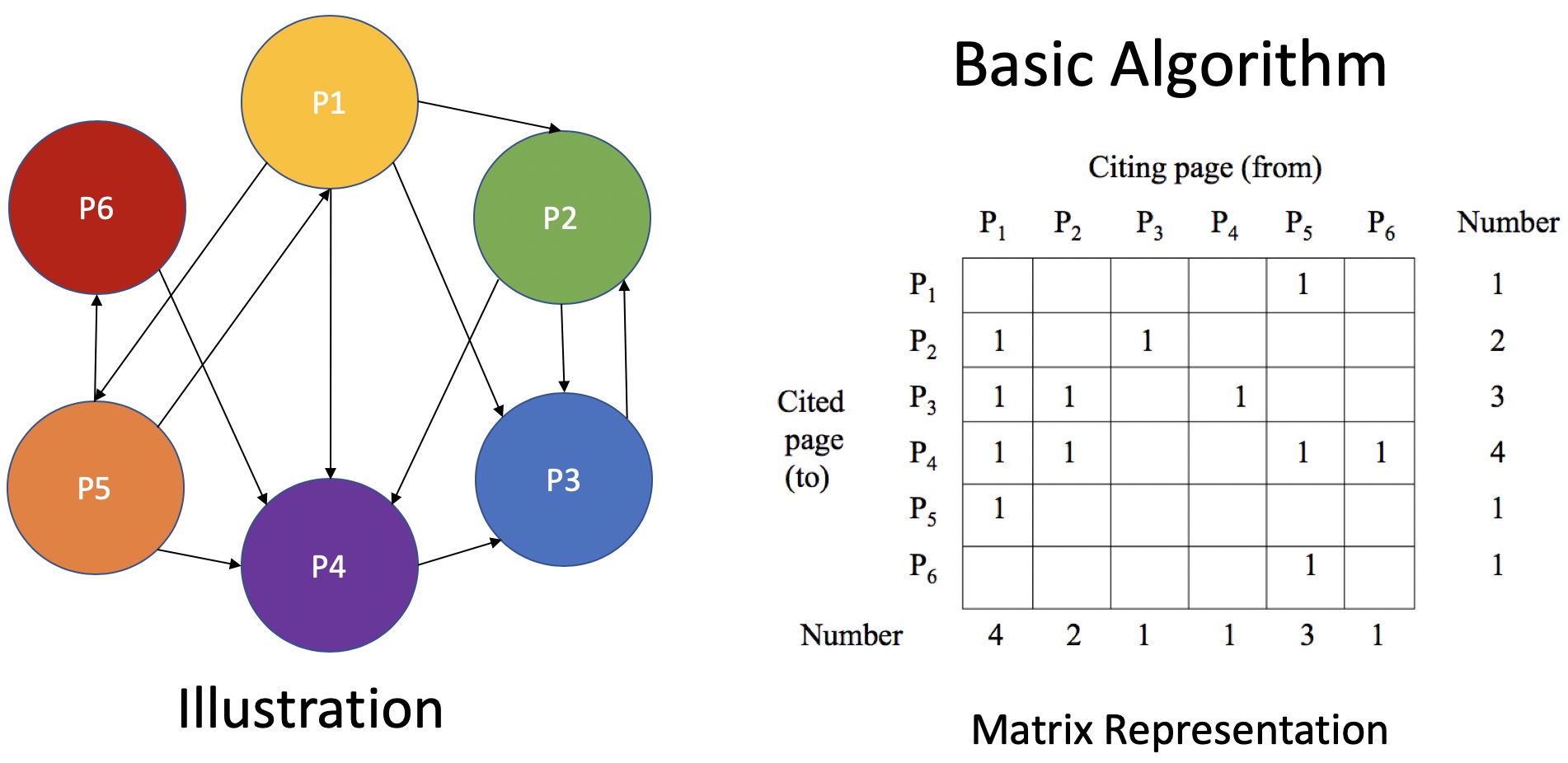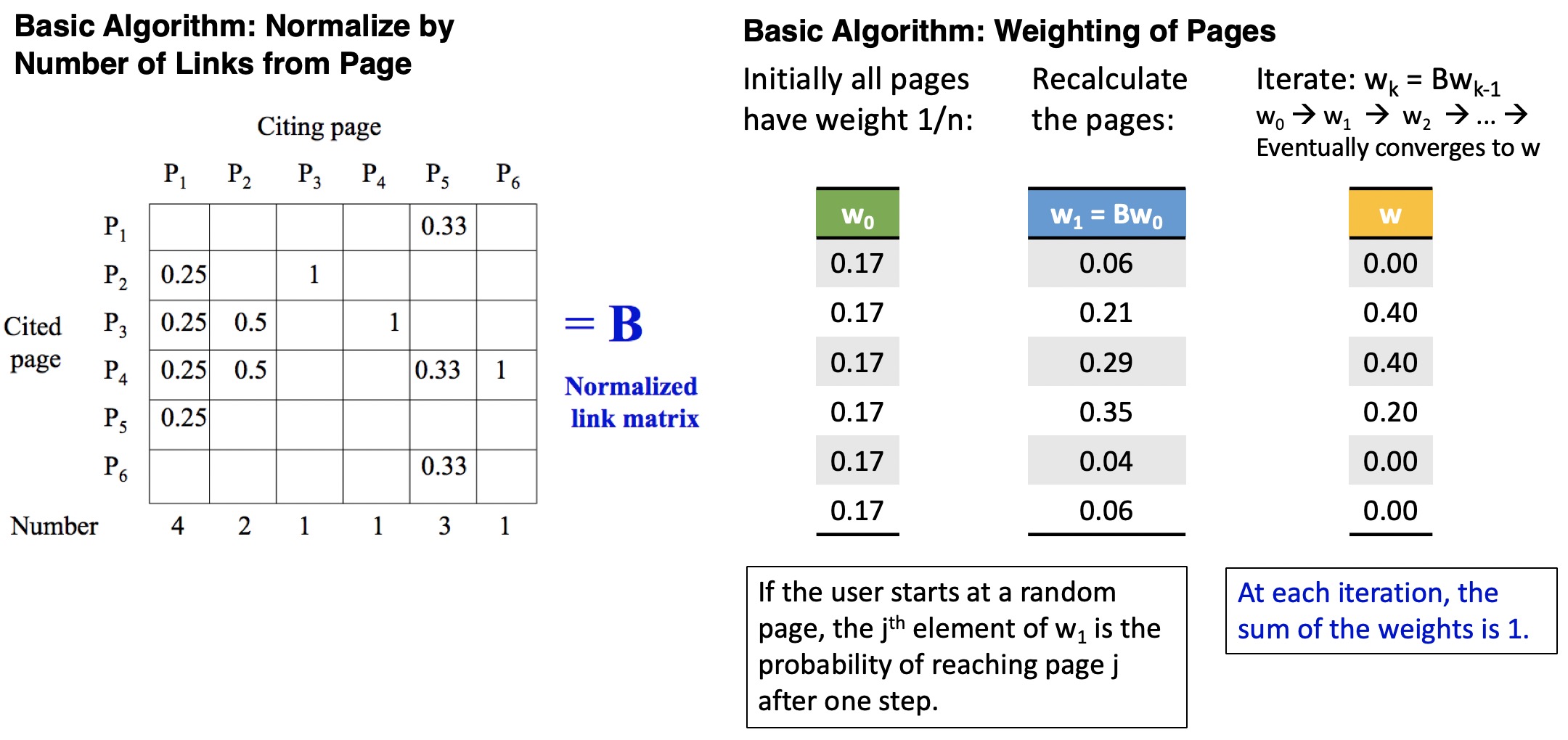PageRank & Movement Improvisation
An exploration of the connection between Page Rank and Movement Improvisation
Author's notes: I wanted to be able to challenge myself and think of another connection between Computer Science and Dance that hasn't been created before. A couple months ago, I was learning about the PageRank Algorithm and reflecting on current videos of my movement during my dance improvisation sessions. I noticed that I would do moves that I had either done in class right before I did a session or bring out moves that I have done in the past month. Noticing this retrieval of frequency, recency, and relevancy, I started drawing connections between movement improvisation and the PageRank Algorithm.
What is the PageRank Algorithm?
The concept of the PageRank algorithm is that the rank of a web page is higher if several pages link to that web page. Links from highly ranked pages are given more weight than links from less-highly ranked pages.
An intuitive model
The concept of the PageRank algorithm is that the rank of a web page is higher if several pages link to that web page. Links from highly ranked pages are given more weight than links from less-highly ranked pages.
- Starts at a random page on the web.
Clicks on a random hyperlink from the page that they are on and goes to the corresponding page.
- Repeat step 2 multiple times.
Example

 Some useful concepts:
Some useful concepts:
Relevance is conventionally defined as binary (relevant or not relevant). It is typically estimated by the similarity between the terms in the query and each document.
Importance measures documents by how useful they might be to a variety of users. It is usually estimated by some measure of popularity.
Web search engines rank documents by a weighted combination of estimates of relevance and importance.
How does the PageRank Algorithm connect with Movement Improvisation?
In a movement improvisation session, I improvise to a few different songs for roughly 60 secs to 420 seconds. Even though the song is in one genre, I don't improvise in only one dance style. I like to pull from the different styles of dance that I have learned. For learning about my movement process, I try to record each time I improvise. After watching these recordings, I noticed a frequency of certain moves that I would use each time I improvised.
In connection to the PageRank Algorithm, we can view each time I improvise as a document containing a vocabulary which is essentially unique moves (terms). Each document may contain some of the same terms as other documents thus creating a similarity.
How did I make this connection?
At the time of this discovery, I was taking a contemporary ballet class three-days a week. A typical contemporary ballet class consisted of barre, center-floor adagio, small jumps, and then pirouettes and occasionally, grand allegro across the diagonal. Due to the fact that I was accessing the ballet vocabulary consistently, I would find that my movement in the successive improvisation sessions included more movement from the ballet vocabulary more than the other movement vocabularies I have acquired such as tap, jazz, latin (cha cha, salsa), and urban styles (popping, locking, breaking).
The natural tendency to use one movement over another can be connected to the process of how a web search engine ranks documents:
Relevance - the movement improvisation sessions would typically occur right after a contemporary ballet class was taken. The movement vocabulary available was already primed with ballet vocabulary, therefore, relevant.
Importance - I was required to utilize the ballet vocabulary in the class before an improvisation session thus the ballet vocabulary was deemed more important than the other dance vocabularies that I have stored.
And the connection is...
Our brain is more likely to draw movement from our movement vocabulary that has been accessed more frequently and recently. Each time we access a movement, the percentage corresponding to that movement increases in relation to all of the other movements. As we continue accessing a particular set of movements more frequently than others, we habitually create a comfort zone and a natural pattern for moving in real time. A possible explanation may be that in an attempt to conserve energy after moving, we take the path of least resistance.
In recognizing these habits, we can expand our creativity by exploring different ways to create new movement pathways to equalize the distribution of percentages across a movement vocabulary. Thus, even though the movement choice is random, each choice has an equal shot.